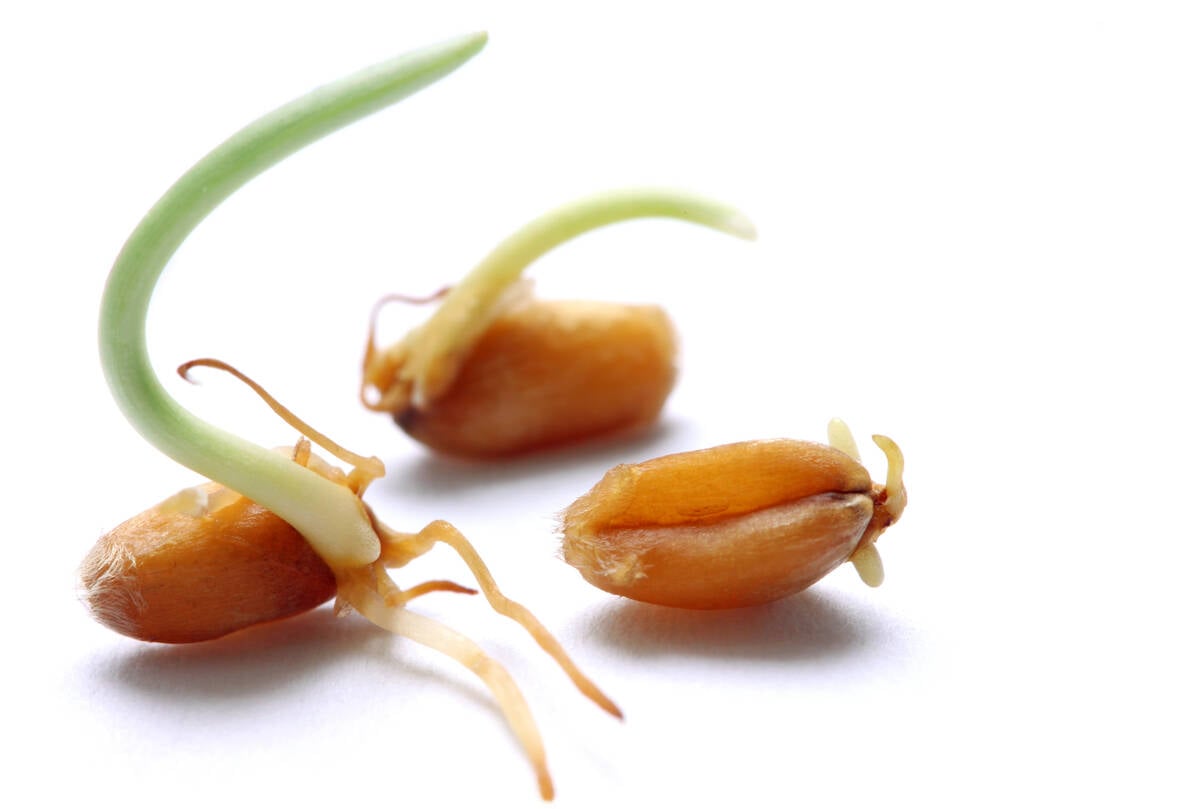Agri-Stability may be less of a mouthful than the Canadian Agricultural Income Stabilization program, but experts say little has changed with the federal government’s primary safety net plan.
“As far as an accounting perspective, there really aren’t many changes to the program,” said Carey Knight of Knight Accounting Service in Brandon.
“The forms are almost identical.”
That’s because the federal government must adhere to the Canadian Farm Income Protection Act.
“There are provisions in that legislation as to how the program must work. There are also trade considerations,” said Jason Bent, farm policy researcher for the Ontario Federation of Agriculture.
Read Also

Manitoba farmers fight sprouted wheat after rain
Rain in mid-September has led to wheat sprouting problems in some Manitoba farm fields.
“(It’s) the same margin based program looking at the very short reference period.”
Agriculture Canada launched its replacement for the vilified CAIS program April 1, following a 2007 auditor general’s report that described CAIS as inefficient and overly complex.
Despite the similarities to the old program, Knight said there are differences
“The Agri-Invest portion of it, that’s going to allow farmers to contribute money into a savings account and the government match it, kind of like NISA (Net Income Stabilization Account),” Knight said.
“Except (contributions) are only 1.5 percent (of allowable net sales), whereas NISA was three percent.”
According to Agriculture Canada’s website, Agri-Invest allows producers to receive coverage for margin declines up to 15 percent.
The Canadian Federation of Agriculture backs Agri-Invest and was pleased with the $600 million government contribution to kick start the program, announced earlier this year.
“We encourage farmers to seize this opportunity and get in on the ground floor,” former CFA president Bob Friesen said in a statement released in spring.
Another difference is that under Agri-Stability, producers receive a payment only when margins fall below 85 percent of the reference margin. Agri-Invest will replace the top end coverage previously provided by CAIS.
Also, the reference margins in Agri-Stability are now based on a different accounting formula. The allowable income on a farm minus allowable expenses, averaged over a five-year period, determines a producer’s reference margin.
“The margins under CAIS were calculated under a cash accounting system, and under Agri-Stability they’re under an accrued accounting system,” Knight said.
Kevin Gibbons, an accountant in Springfield, Man., said the switch to accrual accounting will hurt farmers, especially cattle producers.
“If you switch from cash based production margins to totally accrued … if they’ve had four bad years, the production margins are now substantially reduced,” Gibbons said.
“Therefore if you have a bad year … now you’ve got pretty even numbers because margins have dropped by a stone. …. And so they have no margin, so there’s no payout, whether they’ve lost their shirt or not.”
Knight doesn’t think the changes will make a big difference for his clients, who are primarily grain farmers.
“The reference margins have changed, but it should increase your reference margin, which means you get a better chance of getting a payment, as far as grain farmers go.”















